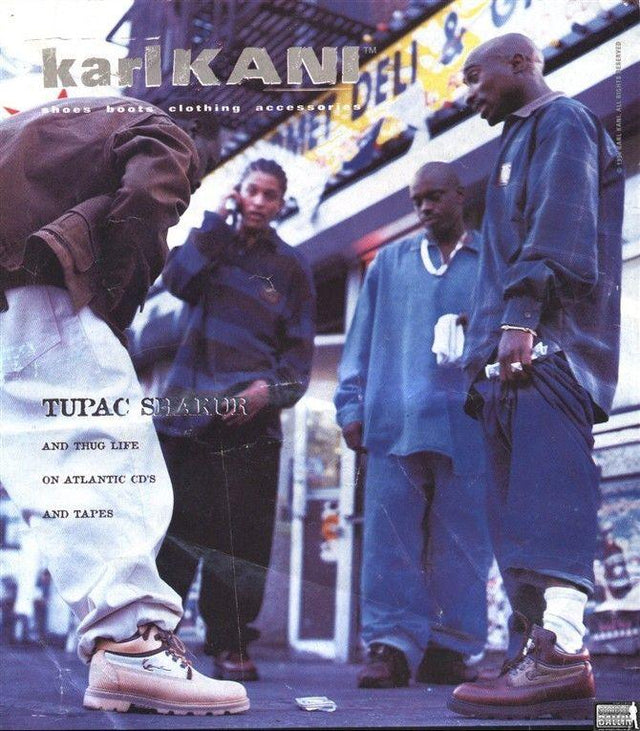The Origins of Streetwear: From Subculture to Mainstream Fashion
Streetwear is more than just a style of clothing; it’s a cultural movement that has transformed the fashion industry. Characterized by its casual, comfortable, and often bold designs, streetwear has roots that run deep into various subcultures and historical contexts. Understanding the origins of streetwear provides insight into how this once niche style evolved into a global phenomenon embraced by fashion enthusiasts of all ages.
The Birth of Streetwear in the 1970s and 1980s
The origins of streetwear can be traced back to the 1970s and 80s in the United States, particularly in the bustling cities of New York and Los Angeles. During this time, several influential subcultures began to emerge, each contributing to the development of streetwear in its unique way.
Hip-Hop and Skateboarding Culture
In New York City, the burgeoning hip-hop scene played a pivotal role in shaping streetwear. Hip-hop artists and enthusiasts adopted a distinctive style that included baggy jeans, oversized t-shirts, sneakers, and flashy accessories. Brands like Karl Kani, Dapper Dan, Adidas and Nike became integral to the hip-hop look, with iconic sneakers such as the Adidas Superstar and Nike Air Force 1 becoming symbols of status and identity within the community.
Simultaneously, on the West Coast, the skateboarding culture in Los Angeles was cultivating its own aesthetic. Skaters needed practical, durable clothing that allowed for freedom of movement, leading to the popularity of brands like Vans, which provided sturdy footwear, and Thrasher, which became synonymous with skate culture. The DIY ethos of skateboarding also influenced streetwear, as skaters often customized their clothing and gear, adding a personal touch that became a hallmark of streetwear fashion.
The Rise of Streetwear Brands
The 1980s saw the emergence of the first wave of dedicated streetwear brands, which began to blend elements of hip-hop, skateboarding, punk, and surf culture into their designs. Shawn Stussy, a former surfboard shaper, started selling screen-printed t-shirts with his signature in Laguna Beach, California, in the early 80s. His brand, Stüssy, is often credited as one of the pioneers of streetwear, combining surf culture with the edgy, urban style that defined the era.
Around the same time, other brands like Supreme and A Bathing Ape (BAPE) began to gain traction. Founded in 1994 in New York City, Supreme initially catered to the skateboarding community but quickly became a cultural icon, known for its limited releases and collaborations with artists and other brands. BAPE, founded in Japan by Nigo in 1993, brought a unique perspective to streetwear, infusing it with Japanese pop culture and high fashion influences.
Streetwear's Global Expansion
As the 1990s and early 2000s rolled in, streetwear continued to evolve and expand globally. The internet and social media played significant roles in spreading streetwear culture beyond its American roots. Japanese streetwear, with its meticulous attention to detail and high-quality craftsmanship, began to influence Western brands, while European cities like London and Paris started developing their own streetwear scenes.
Collaborations between streetwear brands and high fashion houses further legitimized streetwear in the eyes of the broader fashion industry. When Louis Vuitton collaborated with Supreme in 2017, it marked a turning point, solidifying streetwear’s place in the luxury market. This fusion of high fashion and street culture led to the birth of the “luxury streetwear” trend, which continues to dominate runways and retail stores worldwide.
Conclusion
From its humble beginnings in the subcultures of hip-hop and skateboarding to its current status as a global fashion powerhouse, streetwear has come a long way. It’s a testament to the power of grassroots movements and the influence of cultural expression through clothing. Today, streetwear is not just a style but a lifestyle, representing a blend of authenticity, creativity, and rebellion against the mainstream. As it continues to evolve, one thing remains clear: streetwear is here to stay, forever shaping the landscape of fashion.



0 Comments
There are no comments yet. Be the first one to post one!